Just 40 miles outside London, this stately home in Buckinghamshire is the perfect retreat for a classic English country house weekend.
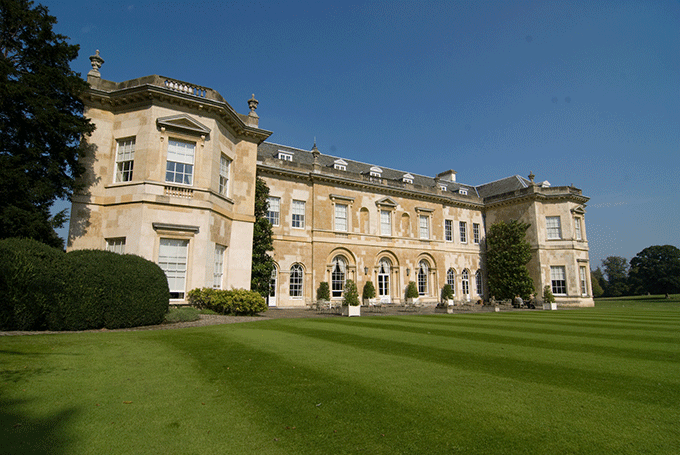
Do you want a taste of the aristocratic way of life? How about cocktails on the terrace followed by a spot of croquet on the lawn, before heading inside for a slap-up dinner? At Hartwell House, the one-time refuge for French King, Louis XVIII, you can experience all this and more in unbelievably resplendent surroundings.
Hartwell House, which sits on a sprawling estate in the Buckinghamshire countryside, is a grand stately home with both Jacobean and Georgian features that was saved from almost certain ruin by conservationist Ernest Cook (the grandson of the Victorian pioneer of organised tourism, Thomas Cook), before being returned to much of its former glory by Historic House Hotels, the people behind the restoration of Middlethorpe Hall on the outskirts of York.
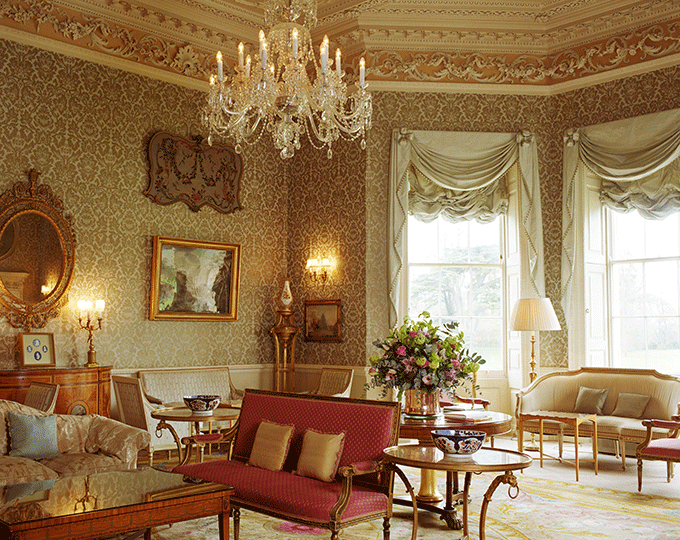
Hartwell has certainly enjoyed an illustrious history and you can almost hear the revelry of past guests as you stroll its halls and public rooms, with clues to the past etched in their walls, such as the elegant Morning Room, designed by eminent architect Henry Keene in the mid 18th-century – which incidentally is a lovely place to enjoy pre-dinner drinks.
From the 15th century the estate belonged to a wealthy family, the Hampdens; indeed it was one of their ancestors, John Hampden, who led the Parliamentary opposition to King Charles I in the 1640s. The house soon passed on to the Lee family and in 1809 the French King, Louis XVIII, set up court here with his wife Marie-Josephine, who died at Hartwell.
Following Louis’ return to France the house fell back into the hands of the Lee family via Dr John Lee, who inherited the estate in 1827. It was later leased by wealthy steel magnate Lord Leith who filled the greenhouses with exotic fruits and allowed peacocks to roam the gardens.
Ernest Cook bought the house in 1938, but abandoned plans to live here after the house was damaged during the Second World War. It went on to become a finishing school until architect Eric Throssell was commissioned to convert it into a hotel in the 1980s.
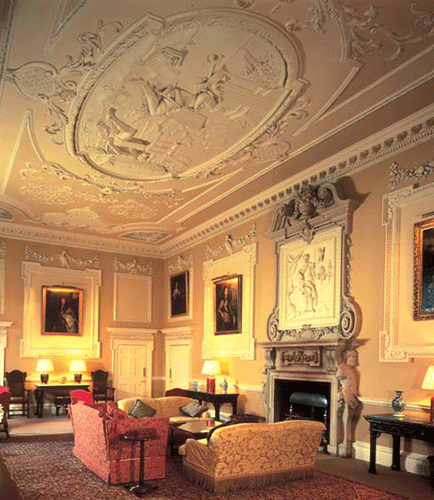
Your English country hotel experience begins as you approach the main house via a winding driveway where you are met by an imposing statue of Frederick, Prince of Wales, the son of King George II.
As you enter the building you find the first of the public rooms, the Great Hall, which retains many of the features added by James Gibbs in the 1740s, including the stucco work ceiling and wall panels and a baroque fireplace; the perfect place to recline with a good book.
The Gothic staircase with Jacobean carved figures that you ascend to the bedrooms is truly impressive, while the rooms themselves are luxuriously appointed, especially the royal rooms and suites.
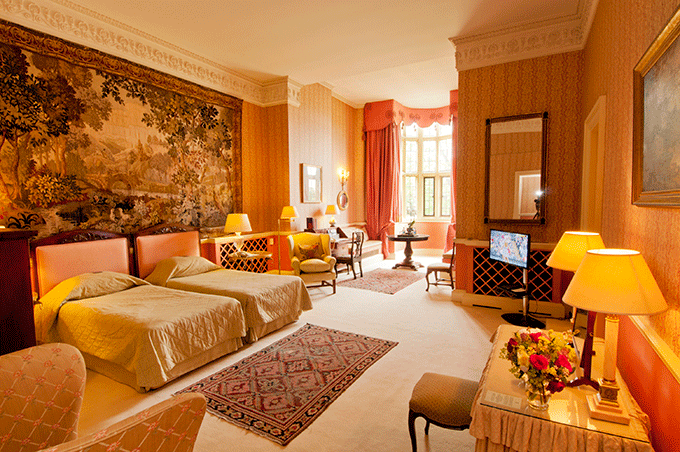
Back downstairs the dining room is a lesson in refined dining and the comfortable yet elegant setting is made even more charming with the addition of a pianist who plays sedately in the background as you are served dishes such as roasted Aylesbury duckling with creamed potatoes, peas and broad beans and duckling jus.
The doors from the dining room open onto the terrace where you can let the evening drift away at your leisure before retiring to the cosy wood-panelled bar, back inside.
The next morning, after a hearty breakfast why not treat yourself to a treatment in the spa, a swim in the pool or even a dip in the outside hot tub, or take a walk through the extensive grounds, which were designed by a contemporary of Capability Brown, Richard Woods and are home to tennis courts, a bowling green, a ruined church and an Egyptian well and spring.
In the Age of Bronze, written in 1822, Lord Byron wrote: “Why wouldst thou leave Hartwell’s green abode?” and we think he has a point, why indeed?
|
||||||||||||||

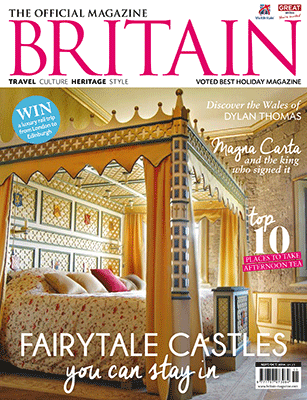






 © 2024
© 2024